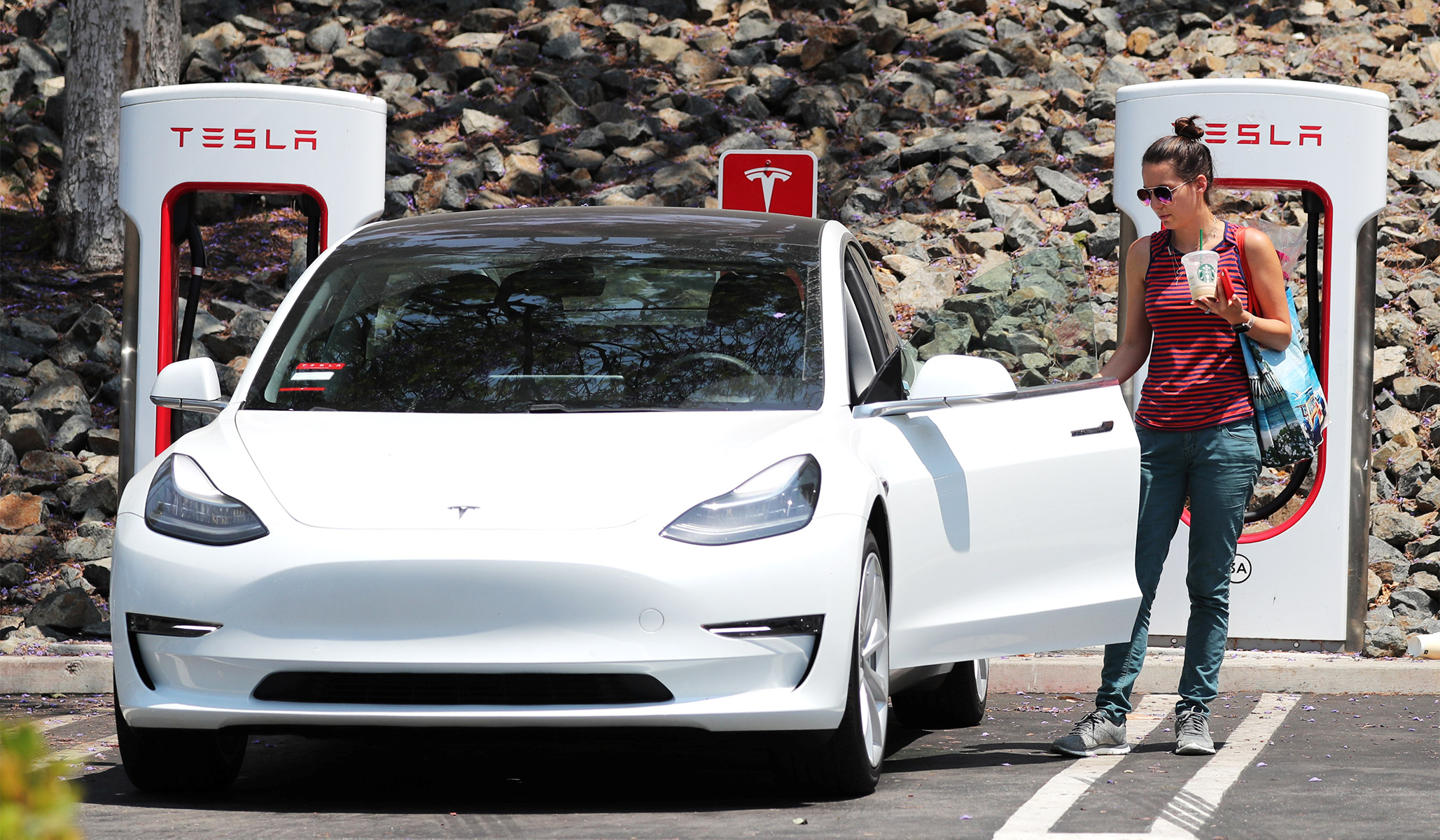One of the problems of heedless rushes is, well, their heedlessness, and the current rush (“the race to net zero”) to decarbonize the West (matters seem, for some mysterious reason, to be proceeding at a more leisurely pace elsewhere) is showing very little sign of having been properly thought through. Under the circumstances, this article in the Financial Times should not come as too much of a surprise, although the FT, a newspaper that can come close to promoting a camouflaged form of climate fundamentalism, deserves credit for publishing it.
The author, Ashley Nunes, turns from a discussion of the oil price to quoting Transportation Secretary Pete Buttigieg’s comment that families who buy electric vehicles (EVs) “never have to worry about gas prices again,” a comment that Nunes regards with just a little bit of suspicion:
The Secretary isn’t wrong to tout EVs’ savings advantage. But his laser sharp focus on one type of saving should also be called out for what it truly is: a fiscal shell game that conveniently embraces one set of truths, while downplaying others.
And in this case, “others” refers to costs that Buttigieg did not mention. To start with, EVs don’t come cheap when compared to traditional cars. Much of that, explains Nunes, is due to the cost of their batteries, and, more specifically, of their raw materials: “the likes of cobalt, lithium, and manganese”. While Nunes is almost certainly correct to think that over time the cost of batteries will fall (indeed it already has, dramatically so) not least as engineers learn by doing, this probably holds more true of production processes and the complex electronics batteries currently require than their raw material costs, which may put a floor (as Nunes mentions), at least for a while, under how cheap batteries can get. In time, we will doubtless learn how, as in so many other areas, to make more with less, but the magic words are “in time”, words that are hard to square with a so-called “race” to net zero. I also cannot help wondering whether in the interim a rush into EVs will lead to an increase in the cost of those raw materials, despite growing production capacity.
But, perhaps the most serious problem is this:
No matter where you live in America, topping off your tank is easy. From coast to coast there are some 150,000 gas stations spread far and wide. Electric charging stations — needed to top off EVs — not so much. Moreover, existing charging stations are unevenly distributed. California has nearly the same amount of charging stations as the 39 states with the lowest number combined.
The purported solution is a nationwide network of chargers. Biden’s infrastructure bill provides $7.5bn for make charging stations as ubiquitous as gas stations. But none of those chargers can — or will — match the efficiency of topping off at a regular pump. The former can take hours, the latter, mere minutes. Which means most Americans will still need to do the bulk of EV charging at home. The problem? Not all car owners have driveways (or garages), and those that do either have other plans for that space or have more cars than space. Put another way, for most Americans, topping off an EV while sitting on the couch is an unlikely prospect at best.
It’s just as well that EV owners need not worry about gas prices because the costs, whether it’s a charging station at home, the interest on an expensive lease or the lost time at a charger, will still be substantial.
Betting against human ingenuity is unwise, but the driveway deficit is an EV problem that may be both more pressing and more intractable than most (and imagine how it will be in more densely-populated Europe). Some greens, of course, will see this as a feature, not a bug. Public transit! Bike Paths! Walking!
Meanwhile, from the Wall Street Journal:
Progressives are grousing that the tax and spending bill passed by the House doesn’t include an “enforcement mechanism” to reduce greenhouse gases. If only. The fine print grants the Biden Administration new authority to force CO2 reductions across much of the economy.
One provision would give the Federal Highway Administration $50 million “to establish a greenhouse gas performance measure that requires States to set performance targets to reduce greenhouse gas emissions.” The agency would also “establish an incentive structure to reward States that demonstrate the most significant progress” — and “consequences” for those that don’t meet the standard.
Transportation Secretary Pete Buttigieg would have broad discretion over the program’s rules.
He’s likely to require states to reduce CO2 emissions from vehicles by heavily subsidizing electric cars or banning internal combustion engines. Mr. Buttigieg could withhold funds from states or require that they spend money on bike paths and public transit. States that exceed the emissions target could get more money to subsidize EVs or bullet trains. . . .
Bullet trains! I forgot about them.
